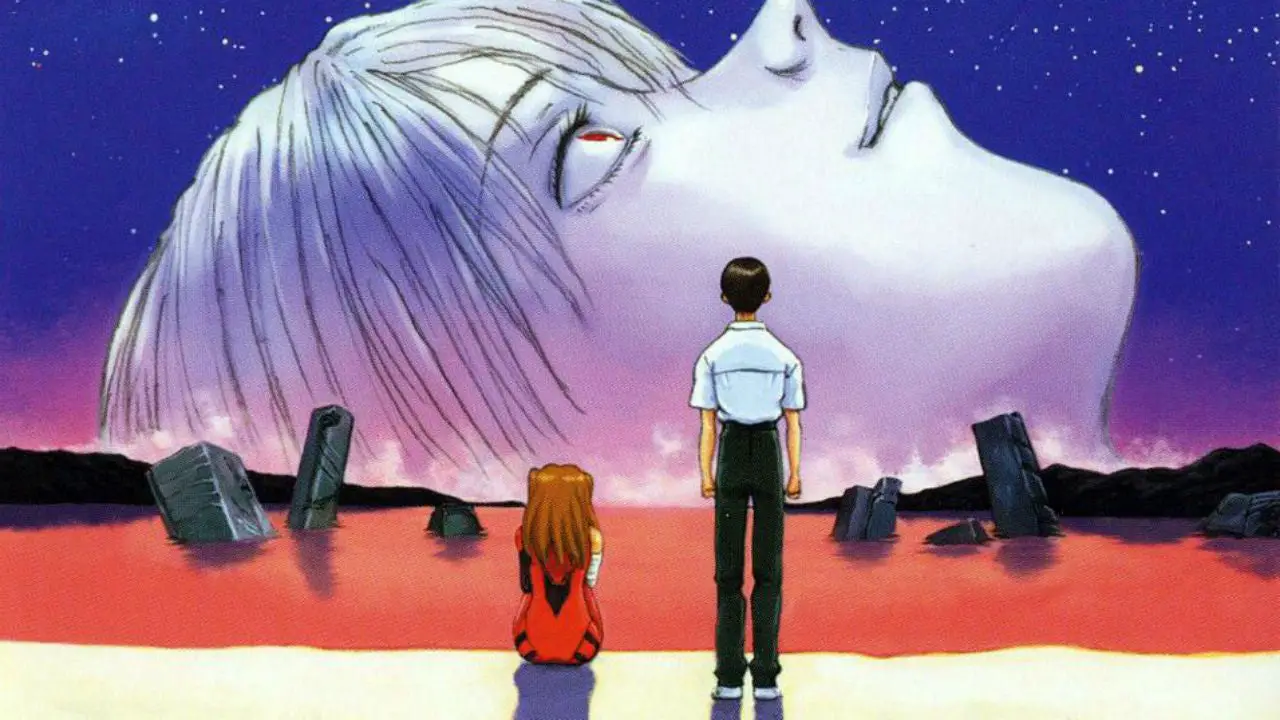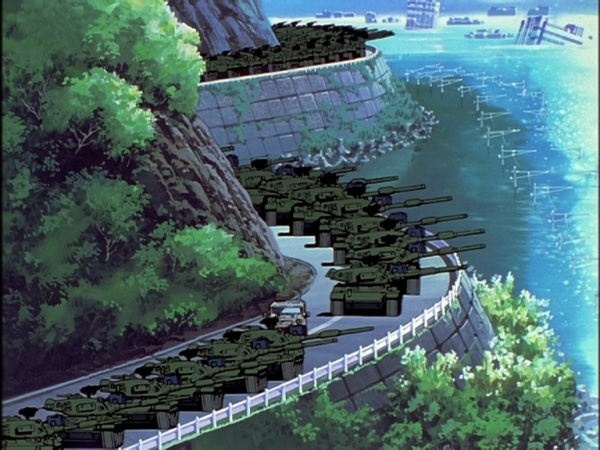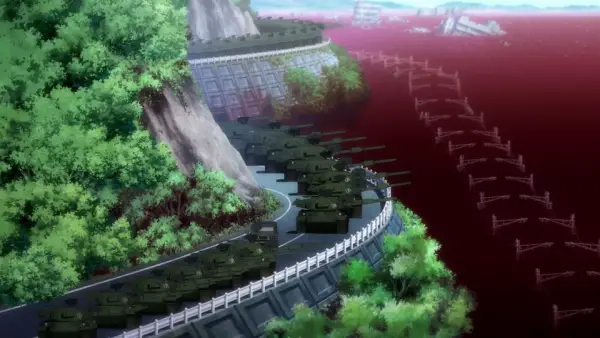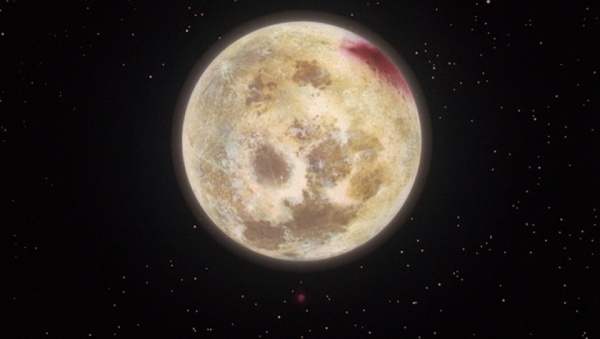When the Evangelion movies were announced, they were marketed as "faithful remakes of the original series." Meaning that the show and movies were unrelated to each other and that the films were only an attempt to introduce the Evangelion series to a new generation.

They call it the "Time Loop/Rebuild Theory," and it's one of the most persistent theories of all time. There have been hundreds of debates over the validity of this theory, though more than half of this fandom seems inclined to agree with its reasoning.
Today, let's discuss what exactly Evangelion's loop theory is, whether it’s true, and why fans are so fixated on it.
What Is The Evangelion Loop Theory?


According to this theory, the movies aren't remakes but sequels set after EoE, where the world was restored with slight alterations to its original form.
There are other variations to this theory, and the difference is only based on who you're asking. For example, some would say that this theory deals with quantum realms and dimensions instead of time, but the general idea remains the same: instead of ending, the world restarts after the Third Impact, only for the show's events to repeat all over again.
And while this seems like a big stretch, even for a franchise like NGE, this isn't a baseless idea — not entirely.
Fans developed the loop theory after observing some very subtle references the movies made to the original series, implying that the events of the original series had already taken place in the world of the movie — it's just that none of the characters seemed aware of it.
Through more careful screening, some fans could also hypothesize that this reset had already occurred five times in the franchise (with EoE being the fifth). Kowarou was the only person who remained aware of these resets every single time.
Subtle Hints In The Movies
The first movie was set to cover the first six episodes from NGE season one. While most of the movie's frames remained faithful to the original storyboard, there were specific changes that seemed to suggest that End Of Evangelion took place on this very planet.
Blood In The Water

In the very first episode of NGE, we saw military tanks waiting for the arrival of the third Angel.
This scene was presented in the same way in the movie, save one crucial detail: the sea was red.

Now, you might remember that the sea turned red after Shinji caused the Third Impact at the end of EoE. The fact that the sea is red here hints that instead of being set in a world that never experienced the Third Impact, Eva 1.0 is set after EoE.
Lunar Blood Stains
Another significant difference between the original series and the movies was the blood patches on the moon.

There was this gruesome scene in the series where they cut Lilith's neck, and the blood sprouting from her throat painted a patch on the moon red.
However, this didn't happen until the End of Evangelion. And it certainly didn't happen during the first season.
And yet, in Eva 1.0, the moon seemed to have the blood covering its surface — again pointing at the end of the series, not the beginning.

Kowarou Seems To Remember The Previous Third Impact
One of the most peculiar things about the movie was Kowarou's familiarity with Shinji and the Third Impact. This led many to believe that Kowarou was the lone witness to this unending loop. While everyone else was oblivious to it, Kowarou was revived every time with the knowledge of how humanity would be destroyed.
Here's a piece of Kowarou's dialogues from the movie that reinforces this idea:
"Third Impact again, huh?"
— Notice how he says "again,"; like it's not the first time he has dealt with this.
"You sure haven't changed."
— Kowarou to Keel during their very first encounter.
"I look forward to seeing you, Ikari Shinji-kun."
— Kowarou also spoke like he knew Shinji already, even though at this point in time, he shouldn't even have met the boy.
Another similar instance was the change in Kowarou's dialogue from the show to the movies.
In the show, Kowarou tells Shinji that, "Maybe I was born to meet you."
This changes in the movie, where Kowarou says, "I really was born to meet you."
When you compare these scenes and look at them from the perspective of the loop theory, it looked like Kowarou was answering his own question from all those years ago.
Is The Evangelion Loop Theory True?
While the loop theory is an incredibly interesting way to interpret the movies, it's been discredited over the years. The evidence gathered so far has been described as "consequences of the second impact" by official sources.
It's honestly sad, but it makes sense that the remake would want to steer clear of clashing with the original, especially with a series with the gravity of NGE.

